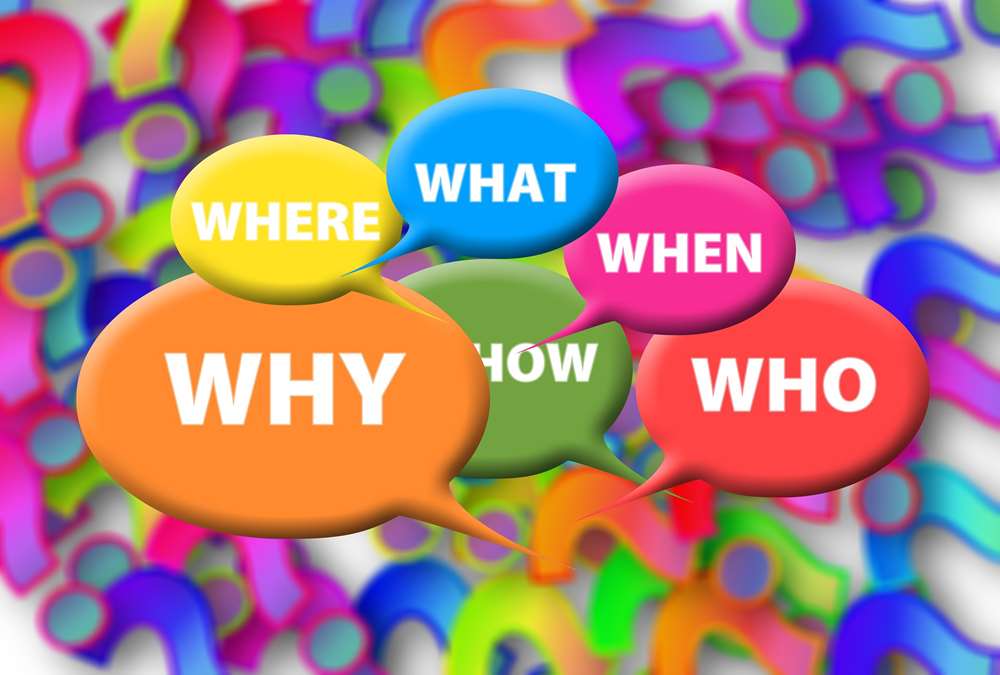
Leadership Skills – Business Communication
“How we communicate with others and with ourselves ultimately determines the quality of our lives.”
brings you a toolkit to understand the communication process and develop essential communication skills. Communication results in understanding between two people when the initiated and intended message is closely received and responded to by the other person. Whenever two people are in the presence of each other, they are communicating. Communication skills are acquired more than they are innate. The definitions of the words are found in dictionaries, the meanings of the words are the interpretation given by the recipient of the communication. The meaning people get from your communication has more to do with your actions than your words.
Find out why effective communication is essential to your success within a team. Develop listening and questioning skills that encourage team member contribution and involvement. Develop feedback skills that lead to team cooperation and accountability.
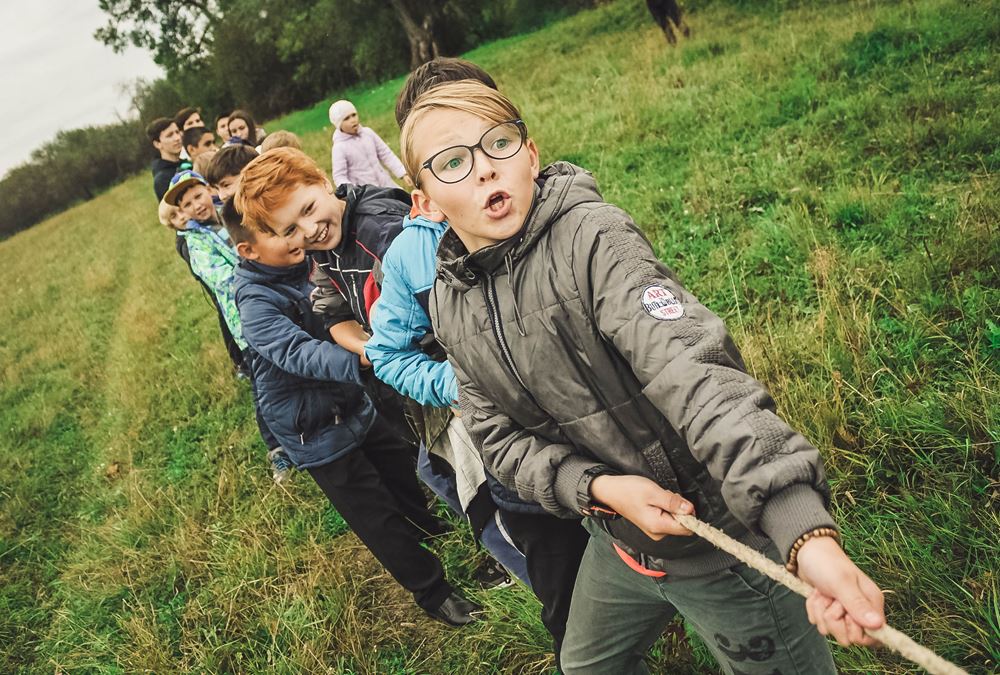
Storming is the second stage of team development and this stage is characterized by power seeking and interpersonal conflict. Learn the key factors that occur in the storm phase and the strategies a team leader can adopt to get through this high wind phase

The best career choices are those that match your values. Each person has several values that are close to their heart. These values are very personal and knowing them gives you a clearer idea of what is most important to you in your life and career. Career values are beliefs that you consider important from a work perspective. Values help you understand what you want from a job? Explore some examples of workplace values that can influence career paths and job satisfaction.
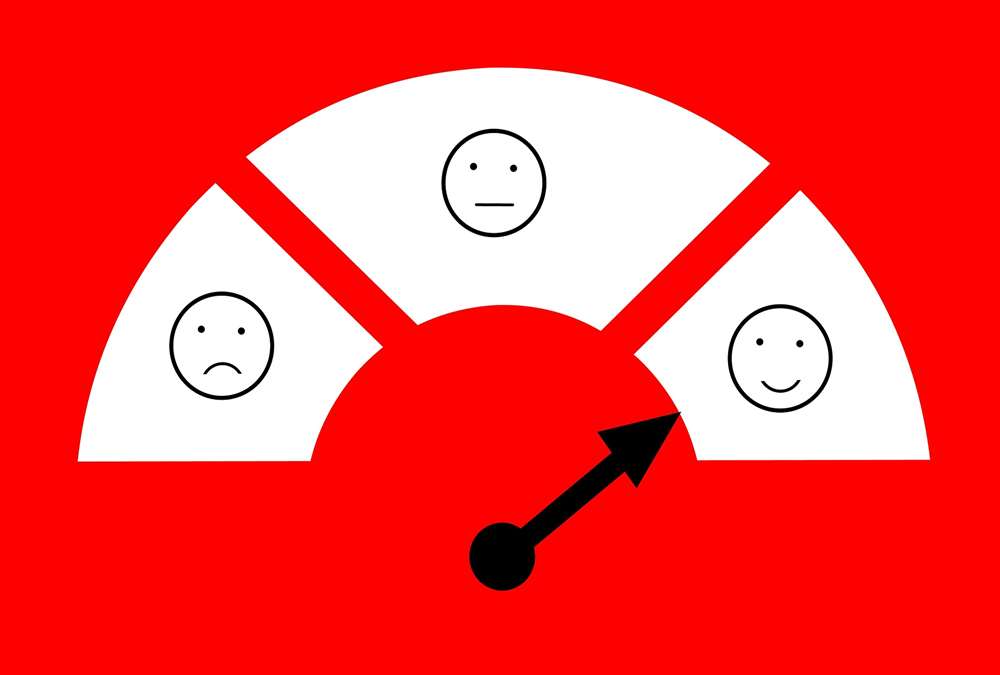
Many people think communication is easy. It is said that communication can never be one hundred percent complete. Many factors are involved in the communication process and something can always go wrong with one or more of them. It becomes difficult and complex when we put barriers in communication. Recognize barriers to interpersonal communication and examine specific strategies to overcome these barriers.

Communication is defined as the process of meaningful interaction between two or more people with a view to arriving at a common meaning and understanding. There are different types of communication and these are used on different occasions. In this section on communication skills, Technofunc will provide you with the skills most needed in today’s dynamic and demanding workplace.
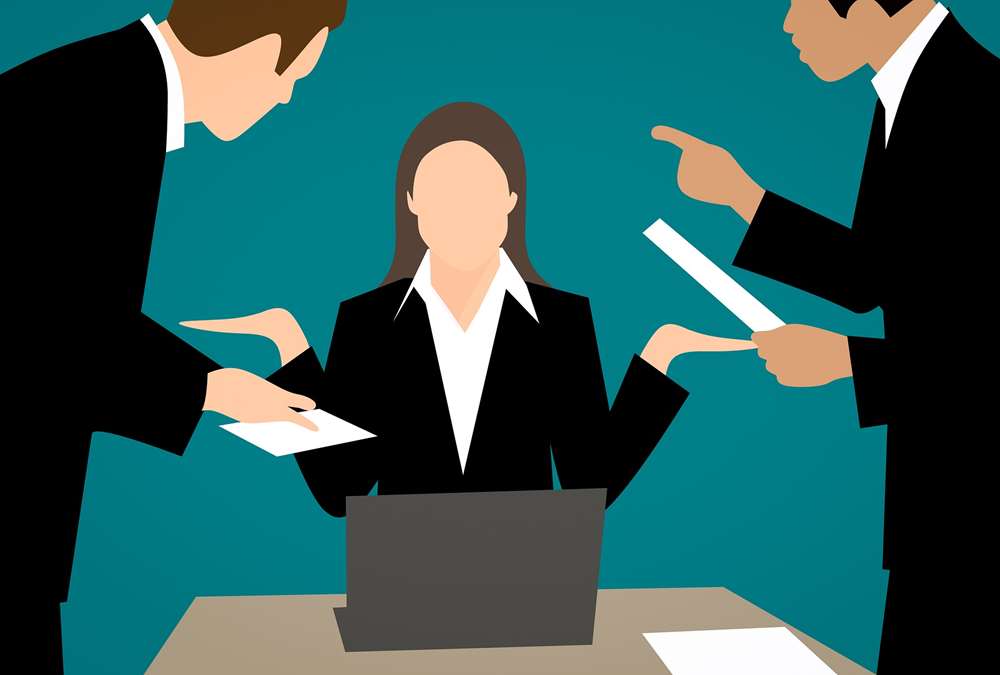
A manager or employee of an organization experiencing high levels of stress may develop high blood pressure, ulcers, irritability, difficulty in making routine decisions, loss of appetite, predisposition to accident etc. These can be grouped into three general categories, physiological, psychological and behavioral symptoms. Stress can give rise to a number of changes.

This style is characterized by leaders making decisions for others and expecting followers to follow instructions. The directive leader is adept at giving instructions, setting expectations, and setting deadlines and performance standards. However, it is possible for the same leaders to display both directive and supportive behavior depending on the demands of the situation.
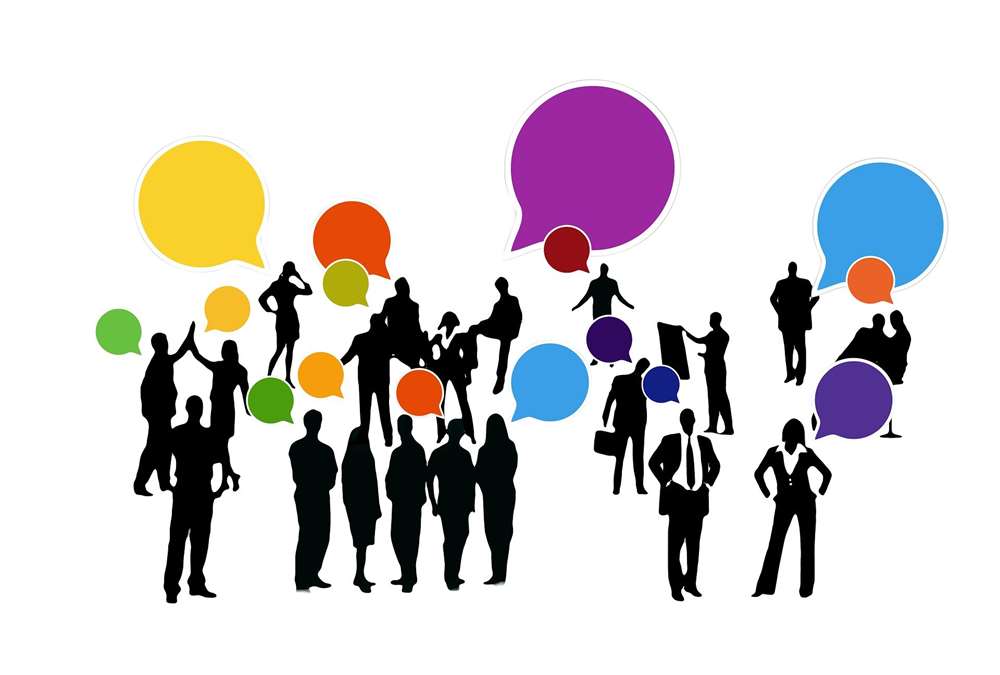
Communication is about getting the message across correctly. To do this, you need to have good speaking skills and good writing skills. If you have these skills combined with good listening skills and an interest in reading, you have all the potential to be a good communicator. What elements should the leader take into consideration to be more effective in interpersonal communication?

Communication performs many functions, such as informing and raising awareness, educating, persuading, motivating, entertaining, etc. The functions of communication in an organization are to inform, persuade and motivate. Employees need to have effective organizational communication in order to achieve excellent job performance. Communication between management and employee must be effective for a better work culture.
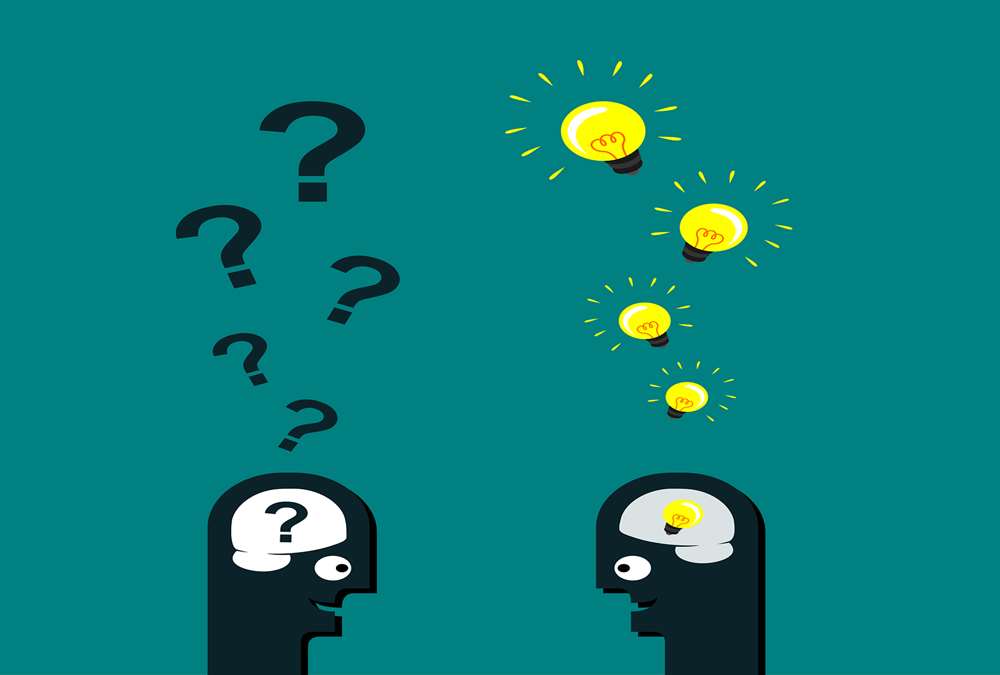
The brainstorming technique was developed by Alex F. Osborn in 1957 and brainstorming means that a team of members generates a large amount of alternative fruitful ideas on a specific problem without any criticism and then evaluates each idea by based on its advantages and disadvantages. Brainstorming techniques fall into four broad categories: viewing, exploring, modifying, and experimenting.
